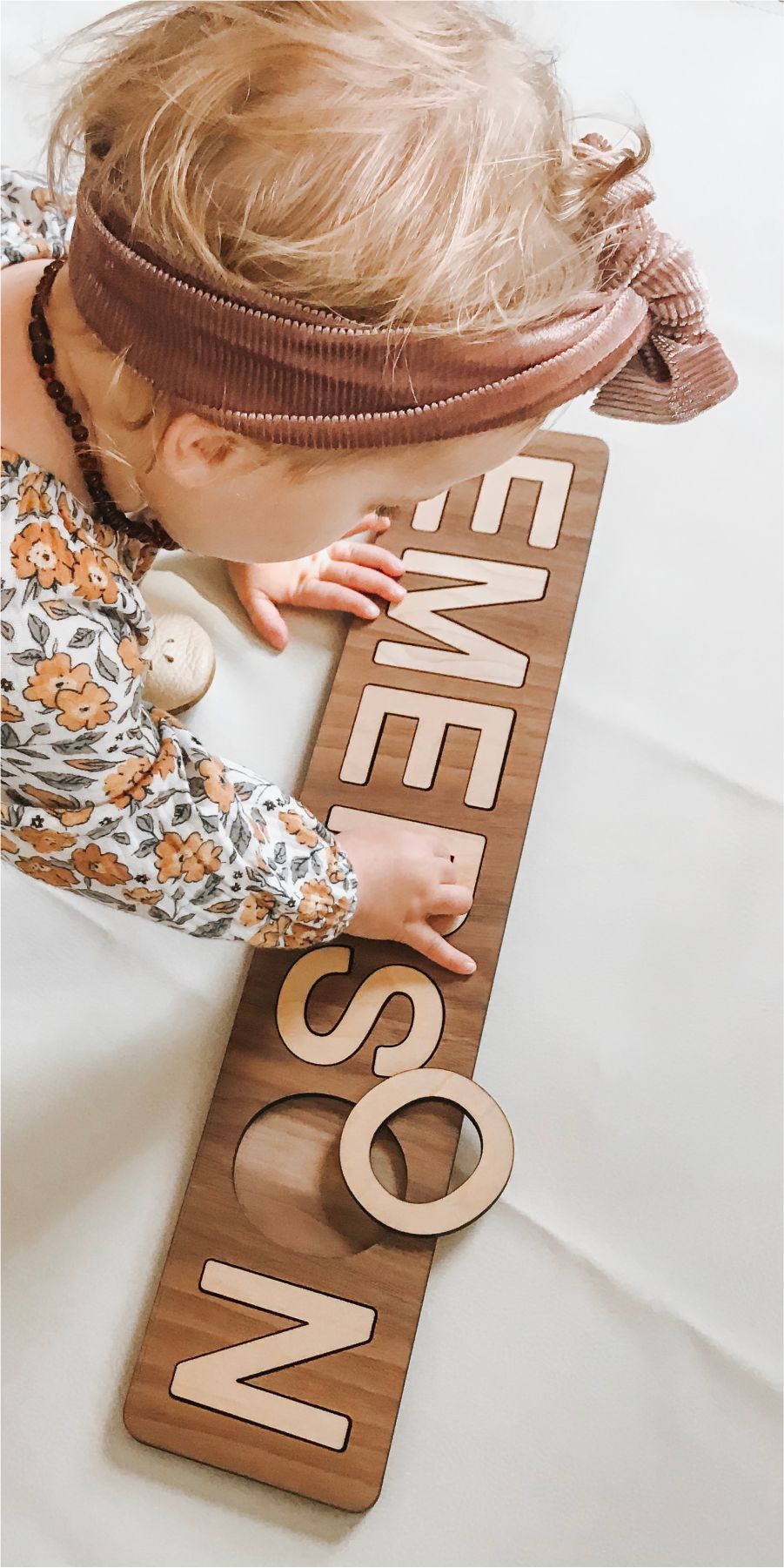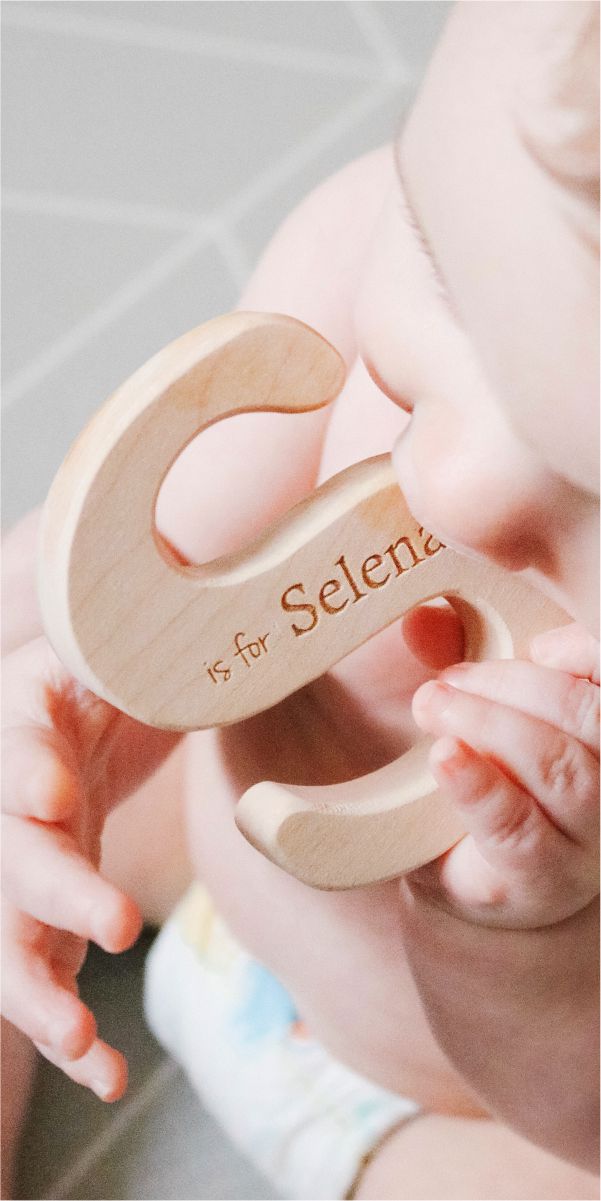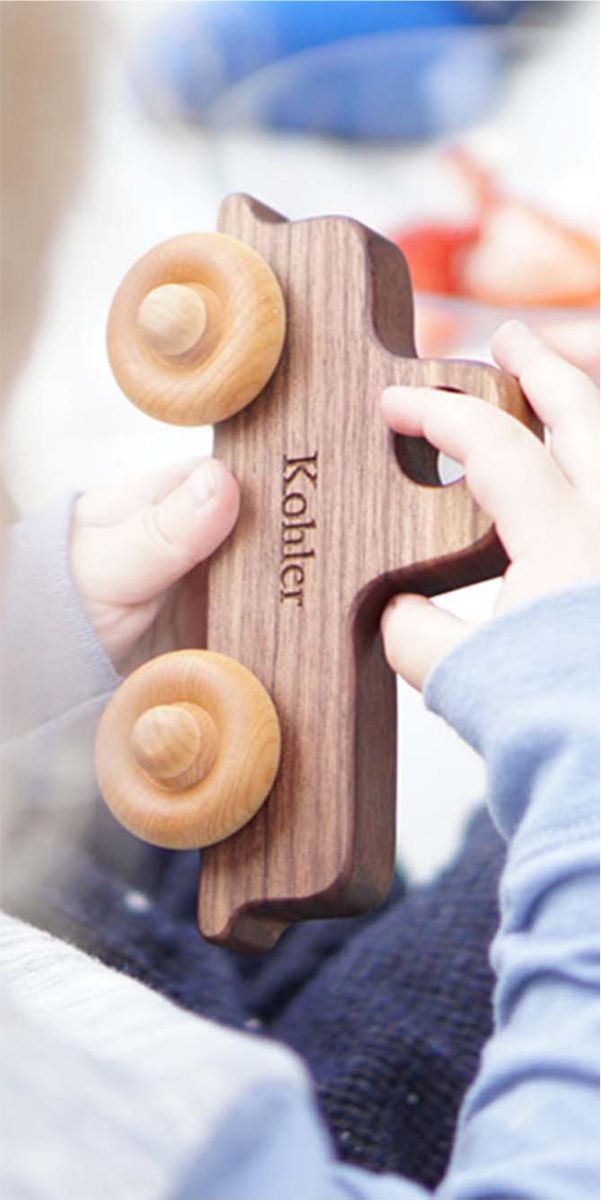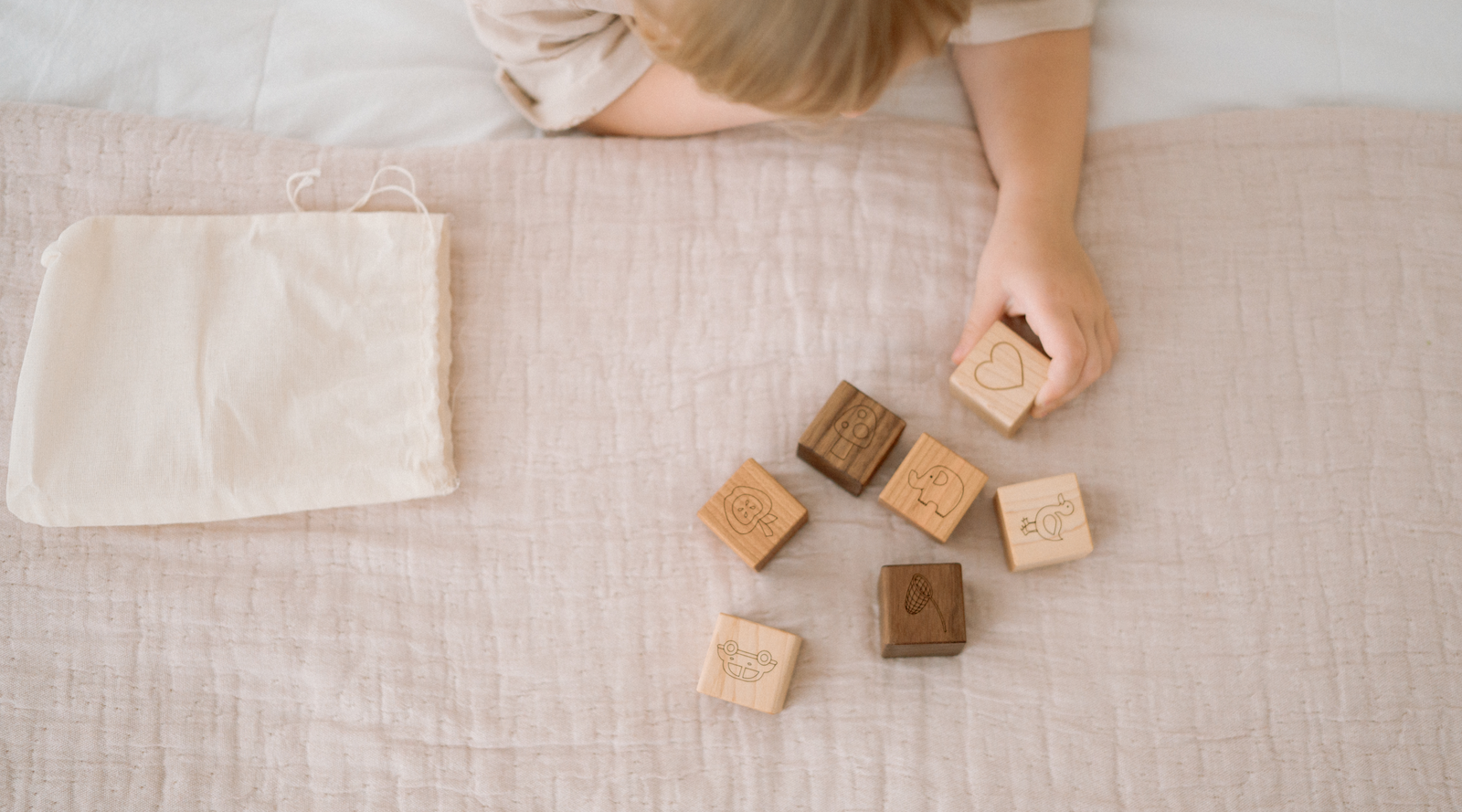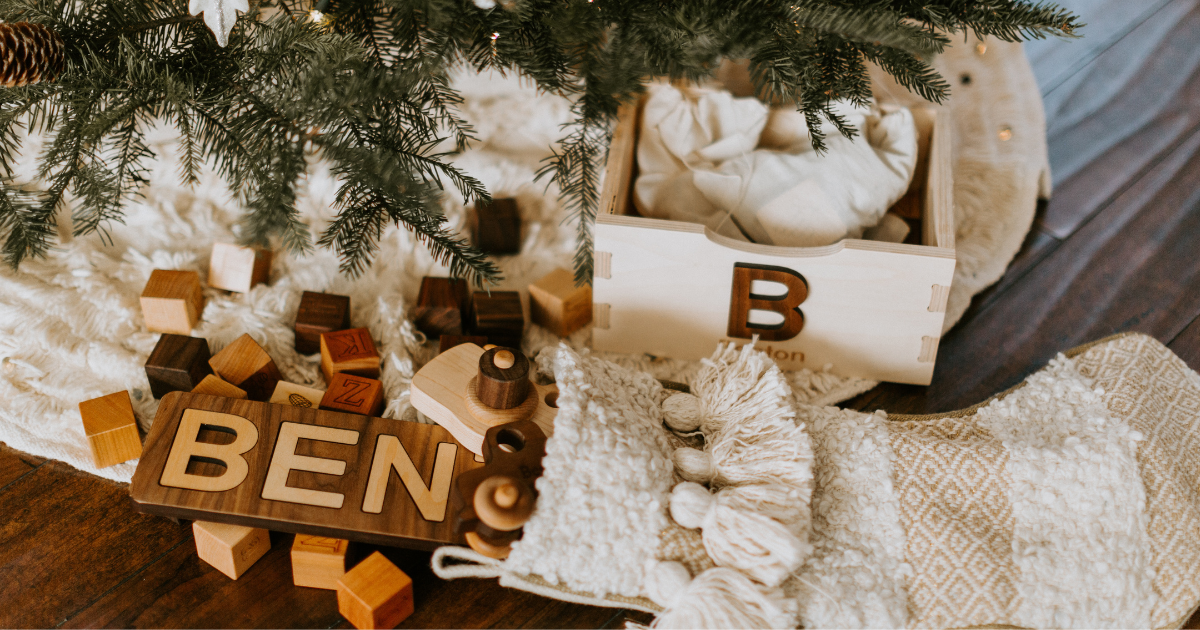Wooden blocks are classic, timeless toys that offer endless opportunities for learning and play. Whether they are plainor engraved with letters, numbers or animals, they are simple yet versatile, making them ideal for children at various stages of development.
From infancy to school-age, wooden blocks support cognitive, motor, and social skills in unique ways. Here's a breakdown of how kiddos of different ages can engage with wooden blocks, how parents can play with them, and how blocks can help children play independently.
Infants (6-12 months)
At this early stage, babies are exploring the world through touch, taste, and sight. Wooden blocks may not be the first toy you think of for infants, but they can still be introduced in a safe, supervised setting.
Blocks introduce basic concepts like texture, shape, and weight. Handling blocks strengthens grasping reflexes, hand-eye coordination, and tactile learning.
Ways to Play Together:
Independent Play:
At this age, children may not actively play with blocks on their own but will enjoy exploring them through touch and sound (e.g., banging blocks together).
Toddlers (1-2 years)
Toddlers are more mobile and curious. At this stage, they're ready to experiment with more complex interactions with blocks. Wooden blocks now foster problem-solving skills, help develop fine motor skills, and encourage creativity. They also promote the concept of object permanence - understanding that objects continue to exist even when out of sight.
Ways to Play Together:
Independent Play:
Toddlers love cause-and-effect. While they may not build much on their own, they'll enjoy knocking over stacks or filling and emptying containers with blocks. These actions lay the groundwork for understanding spatial relationships.
Preschoolers (3-5 years)
Preschoolers are imaginative and enjoy experimenting with new ideas. They’ll start using wooden blocks for more intricate construction and storytelling. Building with blocks develops spatial awareness, math concepts (such as counting, balance, and symmetry), and problem-solving skills. This stage also enhances language development as they start narrating their creations and stories.
Ways to Play Together:
Independent Play:
Preschoolers often dive into self-directed play with blocks, building simple structures or arranging them to represent people, places, or animals. They may even integrate other toys into their block creations, sparking deeper creativity.
School-Age Children (6+ years)
Older children will still find joy in wooden blocks, especially when it comes to more detailed and purposeful construction. For school-aged children, blocks enhance their understanding of engineering principles, geometry, and physics. They also improve concentration and persistence when working on larger, more complex projects.
Ways to Play Together:
Independent Play:
At this stage, children might create entire worlds with their blocks, developing their problem-solving abilities and spatial skills in the process. They can also set personal goals, like building the tallest tower or the most symmetrical structure, further promoting focus and determination.
General Benefits of Wooden Blocks for All Ages
Regardless of age, wooden blocks are invaluable for child development. Here are some overarching benefits:
- Cognitive Development: Wooden blocks introduce early math concepts, improve focus, and develop problem-solving skills.
- Motor Skills: Whether it’s stacking, sorting, or balancing blocks, your child is refining their fine motor skills.
- Creativity & Imagination: Wooden blocks are open-ended toys, meaning there is no single way to play with them. They offer children a blank slate to explore their imagination.
As you can see, wooden block sets are a must-have toy for children of all ages to help them learn and grow!


